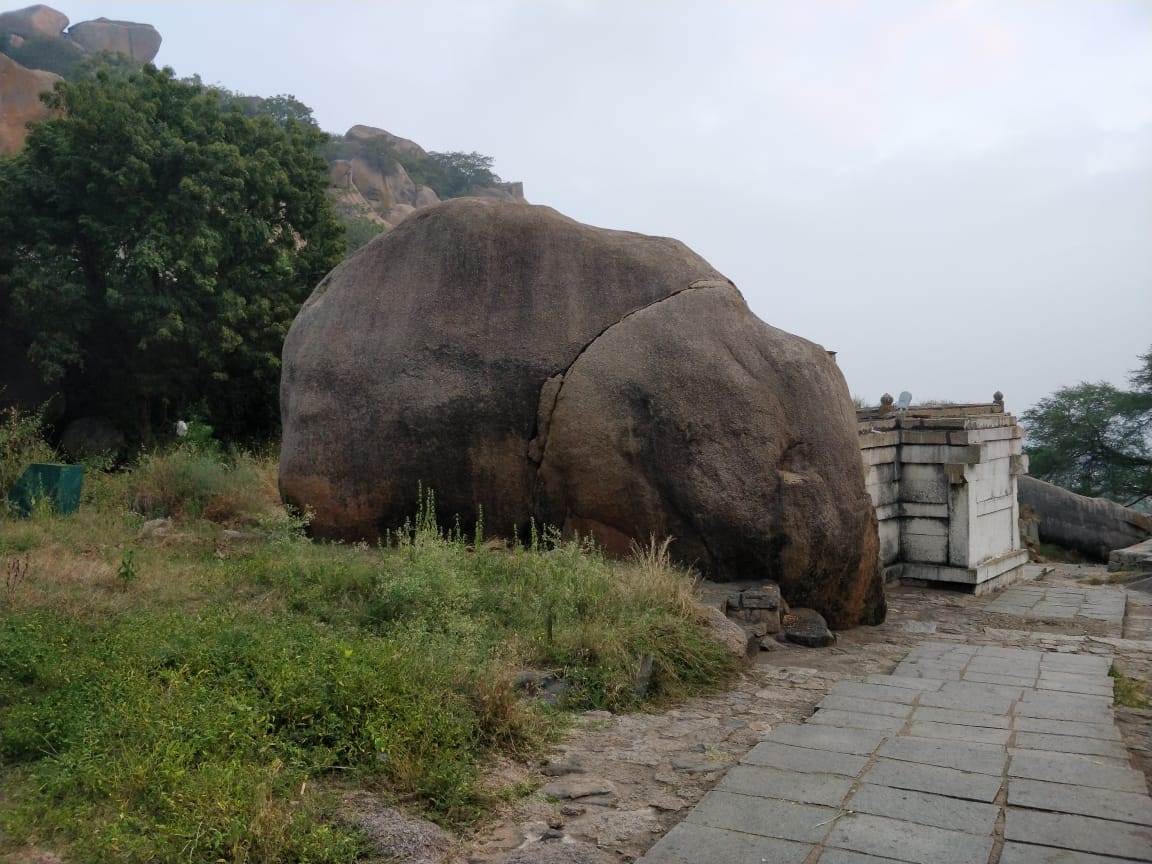
“Some Britishers were relieved they did not have to fight for this totally impregnable fort, for that would have cost a great deal of trouble and bloodshed,” declares the information board as you enter Chitradurga fort.
The relief of the British was genuine. About 200 kilometres from Bangalore, Chitradurga is the largest of the Vijayanagara forts and has been in existence since the 10th century, though it’s with the rise of the mighty Vijayanagar empire in the 14th century that it came into its own as an invading army’s nightmare.
The fort’s history is also an epitome of Kannada women pride. A legend says that in 1779, Obavva, the wife of a guard left alone to replace her husband on duty, killed many invaders all by herself. This using an onake, a long wooden club meant for pounding paddy grains.
Chitradurga gets its name from the word chitrakaladurga, meaning ‘picturesque fort’ in Kannada. Whoever named it, got it right. Its strategic location in the centre of the Deccan, surrounded by the fertile Vedavati and Tungabhadra River valleys, has always made it a much-coveted stronghold throughout its history.
The fort even finds a mention in the Mahabharata as the place where Bhima defeated the cannibal demon Hidimbasura and married his sister Hidimbi. There are only two Hidimbasura temples in India, one inside the fort and another one in Manali, and the worship of this demon comes as a welcome change in a pantheon dominated by Aryan gods.
The main entrance of Chitradurga Fort is to the east through the Kaamana gateway. As you buy your ticket, you notice the seven-hooded cobra, Kamanbhavi, and the legendary twin-headed bird Gandaberunda carved on the outer walls.
Making your way through the zigzag passages, you’ll see how smooth the walls are and how perfectly the stones fit with each other. Inside the fort, you’ll find about a dozen temples, typical Vijayanagara pillars, swings, gateways and even board games carved on rocks and buildings.
The Hidimba Temple sits on top of a rock outcrop, offering great views of the fort. Facing the temple, a couple of Vijayanagara style gateways direct the way to the atmospheric Sampige Siddeshwara Temple, located in a cave. Next to this temple is the Muruga Matha. Once used as a residence for monks, it is now home to a resident army of friendly monkeys.
A path behind the Matha leads to the sheer climb up to the Tuppada Kola battery, which offers another beautiful view of the fort. Mind you, this route is not for the faint-hearted: choose the easier path that goes around the Gopalaswami Honda if you don’t feel adventurous.
Going deeper within the fort, you will pass the now ruined mud structure of the mint and the Polygar Katcheri, a building used for administrative purposes during the period of Tipu Sultan. Beyond the mint, a cup-shaped valley surrounded by hills on all sides forms a natural cascade tank called Gopalaswami Honda.
Through a series of connected tanks at different levels, which are a remarkable example of the sophisticated engineering skills and rainwater harvesting techniques of the time, the fort had the capacity of surviving for up to twelve years under siege and without rain.
The fort covers an area of about 1,500 acres and, aside from its historical beauty, it offers the perfect chance to wander around and, for the more athletic, test their rock climbing skills.

Be the first to comment